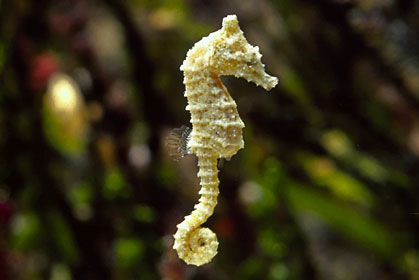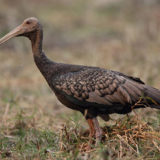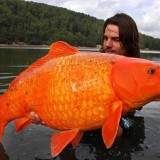Seahorse
Seahorses (Hippocampus) occur in tropical and temperate seas including Indian ocean. Size varies from 5 cm to 20 cm. Head large at right angle to body and produced into a tubular snout; thus resembling the head of a horse. Hence the common name seahorse. Body enclosed in an armour of bony plates. Eyes that can move independently of each other (like a chameleon). Mouth tootless and suctorial. They swim very poorly, rapidly fluttering a dorsal fin and using pectoral fins (located behind their eyes) to steer.
The male seahorse is equipped with a brood pouch on the ventral side of the tail. When mating, the female seahorse deposits up to 1,500 eggs in the male’s pouch. The male carries the eggs for 9 to 45 days until the seahorses emerge fully developed. Once the seahorses are released into the water, the male’s role is done and he offers no further care and often mates again within hours or days during the breeding season.
Seahorses have no caudal fin. Since they are poor swimmers, they are most likely to be found resting with their prehensile tails wound around a stationary object.
According to Guinness World Records 2009, H. zosterae (the dwarf seahorse) is the slowest moving fish, with a top speed of about 5 feet (150 cm) per hour. (image source)












